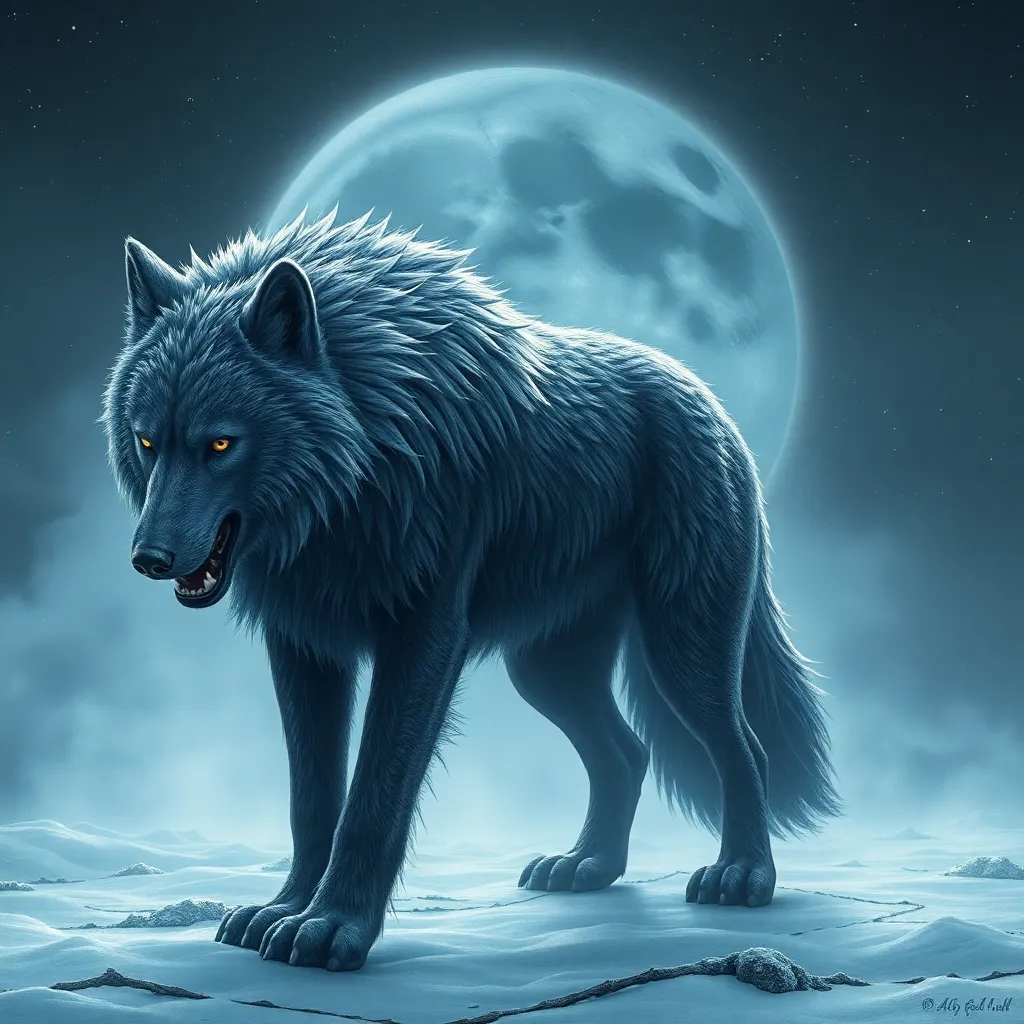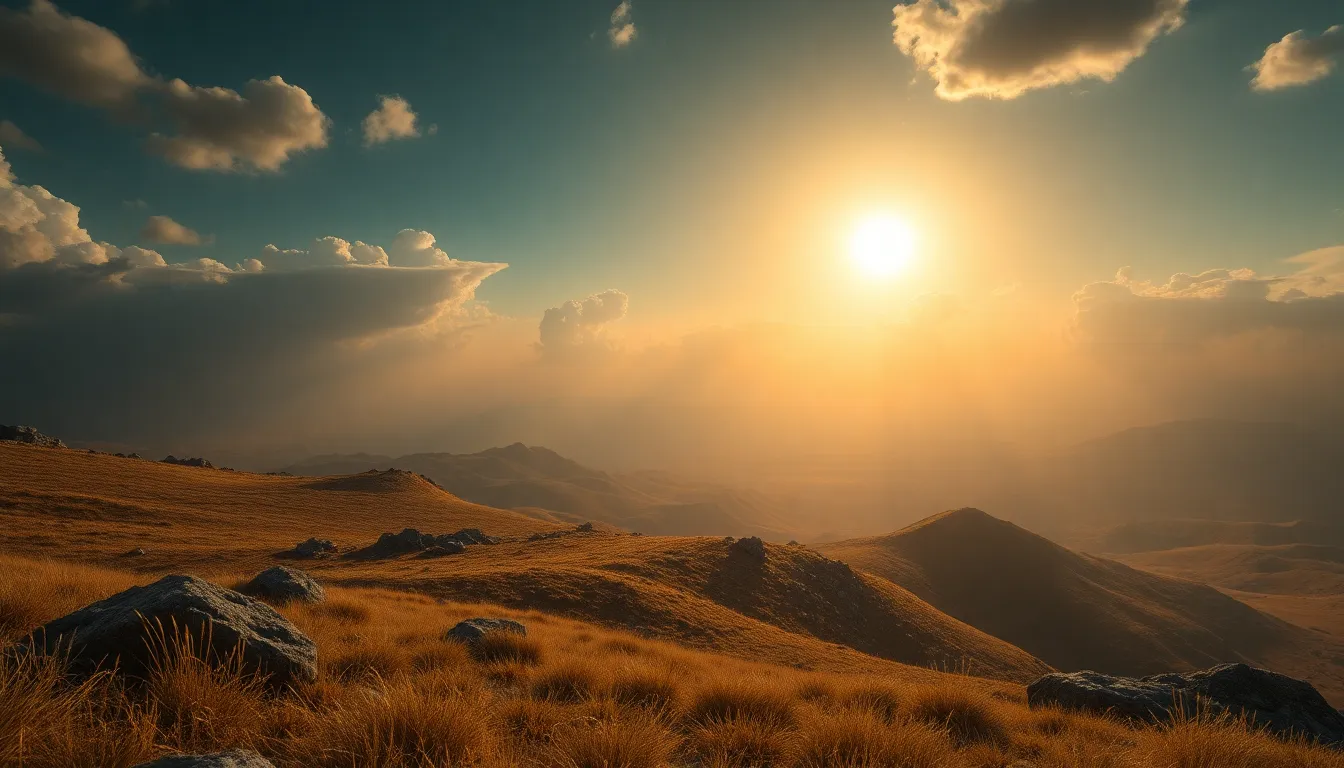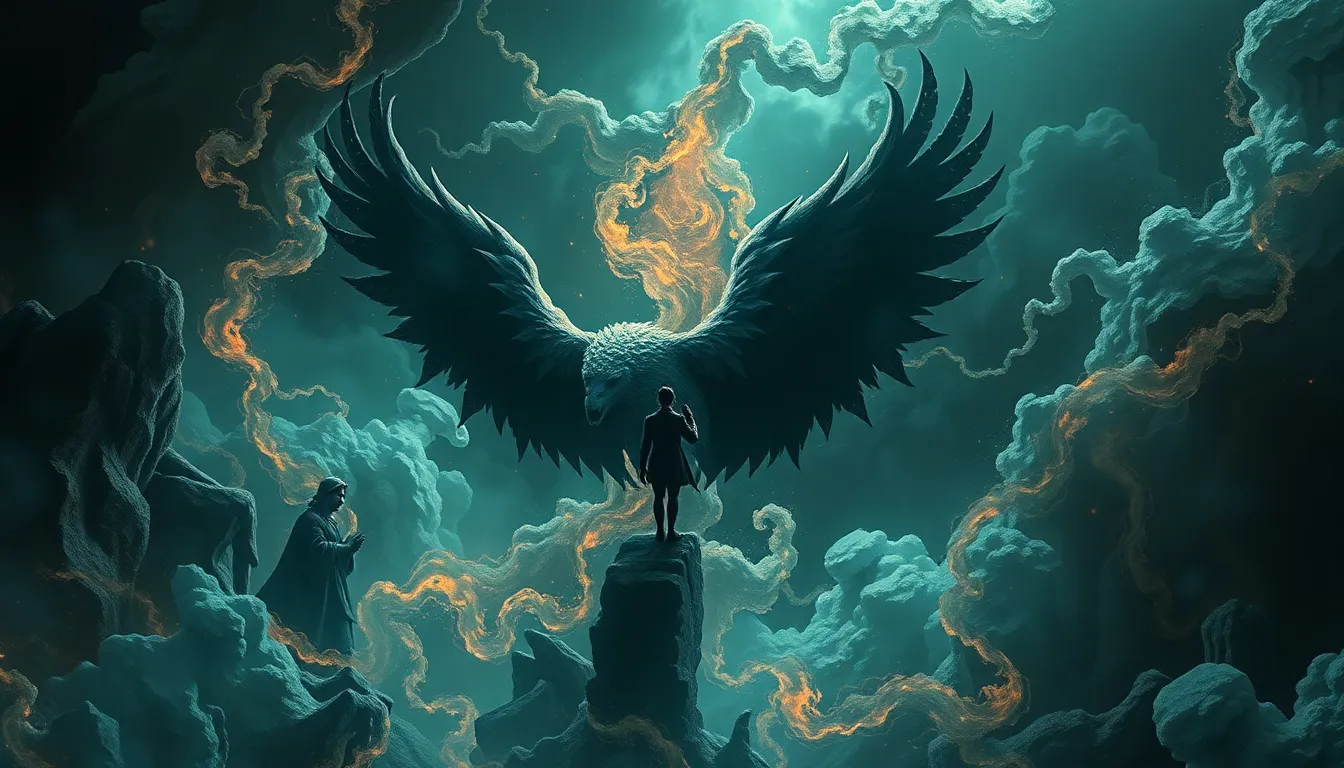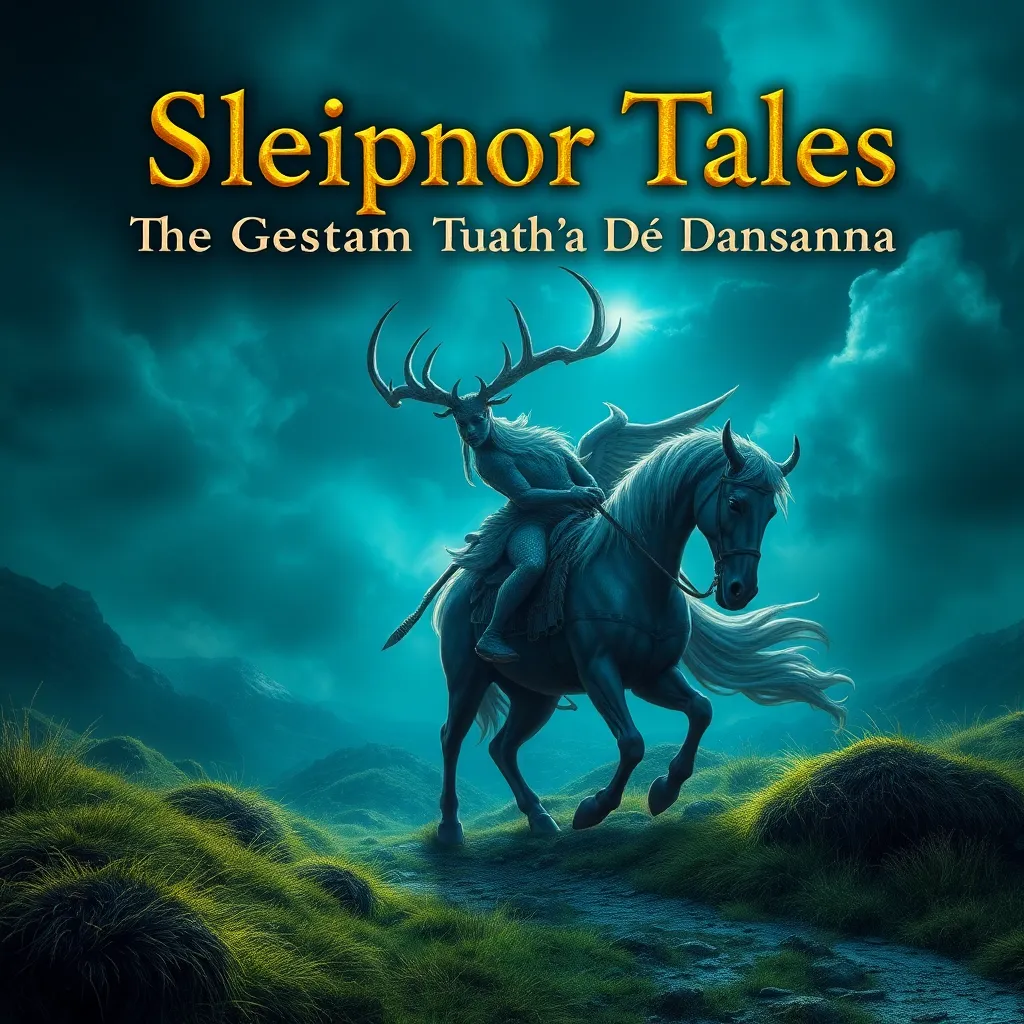The Prophecy of the Wolf: Understanding Fenrir’s Role in Ragnarök
I. Introduction
Ragnarök, often referred to as the “Twilight of the Gods,” is a series of events in Norse mythology that signify the end of the world, resulting in the death of numerous gods, the destruction of the world, and its eventual rebirth. Central to this cataclysm is Fenrir, the monstrous wolf, whose fate is intricately intertwined with the prophecy of Ragnarök.
Understanding Fenrir’s role is crucial, as he embodies the themes of chaos, destruction, and inevitability that permeate Norse mythology. His story serves as a poignant reminder of the cyclical nature of life and death, and his actions during Ragnarök underscore the fragility of order in the universe.
II. The Origins of Fenrir
Fenrir’s origins are steeped in myth and symbolism. Born of the trickster god Loki and the giantess Angerboda, Fenrir is part of a lineage that includes equally fearsome siblings.
A. Birth and lineage of Fenrir
- Parentage: Loki, known for his cunning and mischief, and Angerboda, a giantess who represents the forces of chaos.
- Siblings: Fenrir’s siblings include Jörmungandr, the Midgard Serpent, and Hel, the ruler of the underworld.
As Fenrir grew, the gods began to fear his potential for destruction. His size and strength indicated that he would pose a significant threat to the order of the cosmos.
III. The Binding of Fenrir
To prevent the prophecy from coming to fruition, the gods attempted to bind Fenrir. This led to a series of events that highlight the tension between fate and free will.
A. The attempts to bind Fenrir
- The creation of Gleipnir: The gods crafted a magical ribbon called Gleipnir, made from the sound of a cat’s footfall, the beard of a woman, the roots of a mountain, and other impossible elements. This symbolizes the lengths to which the gods would go to control fate.
- The symbolism of the binding: The act of binding Fenrir represents the attempt to control chaos and the inevitability of fate. It serves as a reminder that no matter how much one tries to restrain it, chaos will eventually break free.
Despite the gods’ efforts, Fenrir’s prophecy loomed large over them, foreshadowing the events that would lead to Ragnarök.
IV. Fenrir in the Prophecy of Ragnarök
As Ragnarök approaches, Fenrir’s role becomes increasingly significant. His actions are pivotal to the unfolding events.
A. The role of Fenrir in the events of Ragnarök
- The breaking of his bonds: During Ragnarök, Fenrir breaks free from Gleipnir, symbolizing the release of chaos into the world.
- His battle with Odin: Fenrir confronts Odin, the All-Father, in a battle that culminates in the death of the god, emphasizing the destructive power of chaos.
Fenrir’s actions during Ragnarök illustrate the theme of inevitable fate, as he fulfills the prophecy foretold at his birth.
V. Symbolism and Themes Associated with Fenrir
Fenrir is rich with symbolism, representing various themes that resonate throughout Norse mythology and beyond.
A. Fenrir as a representation of chaos and destruction
As a creature born of chaos, Fenrir embodies the destructive forces that threaten to unravel the fabric of order established by the gods.
B. The wolf in Norse culture and its broader symbolism
The wolf is often seen as a symbol of power, ferocity, and the natural world’s untamed aspects. In Norse culture, wolves were both feared and respected, embodying the duality of nature.
C. The duality of fear and inevitability in Fenrir’s story
Fenrir’s tale reflects humanity’s struggle with fear and acceptance of fate. His binding and eventual breaking free serve as metaphors for the inevitable chaos that follows attempts to impose order.
VI. Fenrir in Modern Interpretations
In contemporary literature and media, Fenrir’s character has evolved significantly, often serving as a symbol for deeper societal themes.
A. Fenrir in contemporary literature and media
Fenrir appears in various forms across modern storytelling, from fantasy novels to films, often depicted as a misunderstood creature or a harbinger of doom.
B. The evolution of Fenrir’s character in modern storytelling
Today’s narratives often explore themes of redemption, identity, and the struggle against destiny, providing new dimensions to Fenrir’s character.
C. Comparisons to other mythological wolves and their roles
Fenrir can be compared to other mythological wolves, such as the Roman wolf Lupa or the Native American mythological wolves, each embodying unique cultural significances yet sharing common themes of power and chaos.
VII. The Legacy of Fenrir and Ragnarök
Fenrir’s legacy is deeply rooted in Norse mythology and continues to influence modern culture and thought.
A. Fenrir’s impact on Norse mythology and culture
Fenrir serves as a cautionary figure within Norse mythology, representing the consequences of ignoring the chaotic forces of the world.
B. The lasting influence of the Ragnarök narrative
The story of Ragnarök has permeated various aspects of culture, influencing literature, art, and philosophy, emphasizing themes of renewal and destruction.
C. How Fenrir’s story reflects human fears and societal themes
Fenrir’s tale resonates with human fears of chaos, loss of control, and the inevitability of change, making it timeless and relevant even in contemporary society.
VIII. Conclusion
In conclusion, Fenrir’s significance in Ragnarök cannot be overstated. He represents the chaotic forces that disrupt order, embodying the struggles between fate and free will.
The ongoing relevance of Fenrir’s prophecy serves as a reminder of the balance between chaos and order in our lives. As we reflect on Fenrir’s tale, we uncover moral lessons about the acceptance of inevitability and the necessity of confronting our fears.
Ultimately, Fenrir’s story is a profound exploration of the human condition, reminding us that in the face of chaos, we must find our own paths to renewal and understanding.



